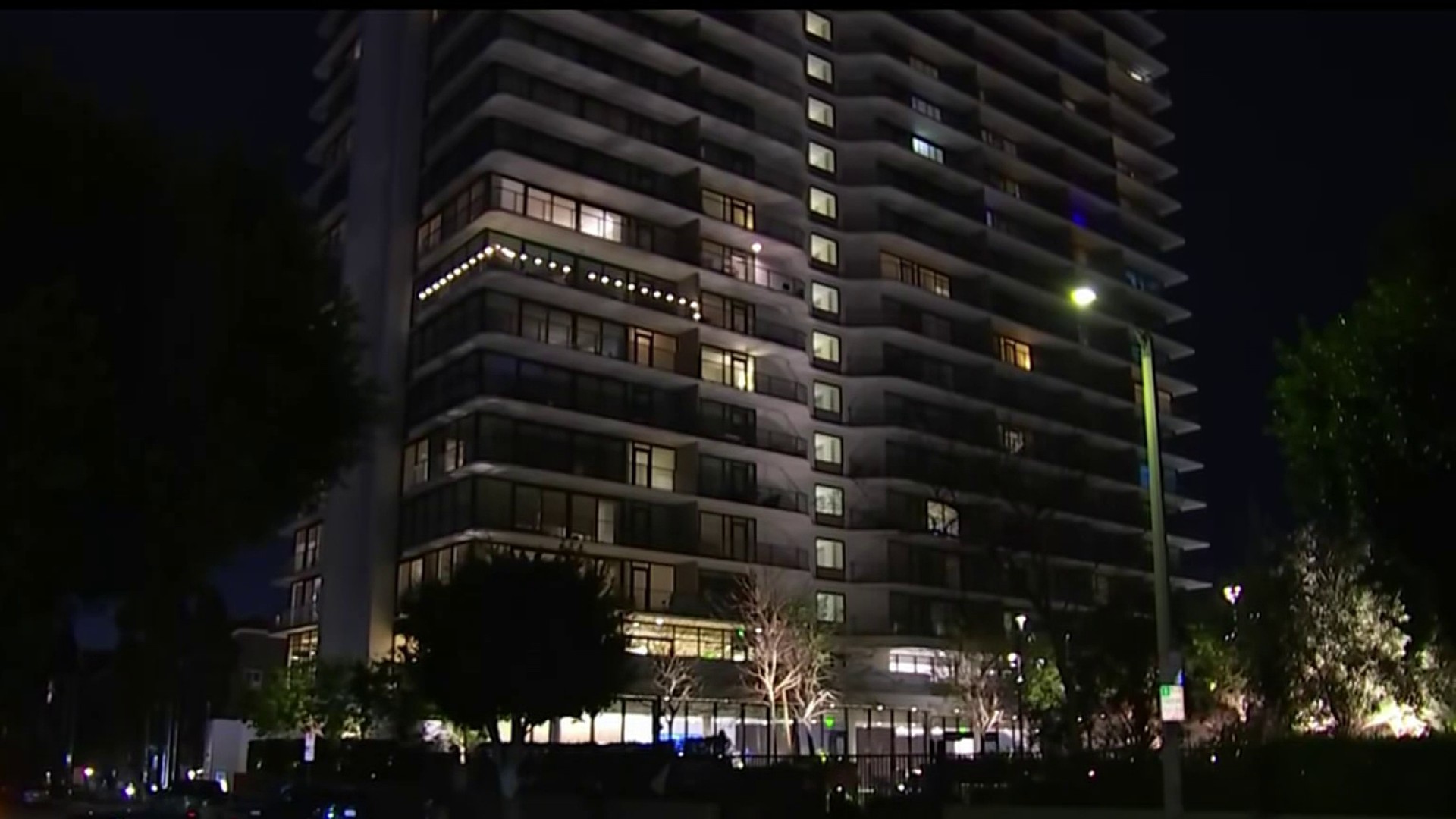Water providers throughout California said Wednesday they want to decide how much water their customers need to conserve during the ongoing drought rather than take orders from the state.
Californians remain under strict state conservation orders that have caused many residents to take shorter showers and let their lawns turn brown even as drought conditions ease. The State Water Resources Control Board held an informational workshop in Sacramento to chart the future of urban water conservation measures.
Regulators are considering if they should toss out the restrictions or dramatically change them.
"It's our responsibility to be sure we have available supplies to meet demands," Fiona Sanchez of the Irvine Ranch Water District in Southern California told water regulators at the workshop.
Felicia Marcus, chair of the State Water Board, said she would like to allow local control but fears not all local water officials would provide realistic assessments of their water supplies, leading to the possibility of serious shortages. California is at the end of its rain season and about to enter the hot, usually dry months of summer, when the state depends on melting snowpack in the Sierras to replenish its water reservoirs.
Nearly a year ago, Gov. Jerry Brown ordered California's residents and businesses to conserve water during the state's driest four-year period on record. Residents statewide used 23.9 percent less water over the nine months ending in February while under orders to use 25 percent less water compared to the same months in 2013.
Residents are now under orders to cut back through October by at least 20 percent.
News
Top news of the day
Several other districts -- particularly in Northern California -- propose that the state should toss out or significantly relax emergency conservation orders. This week's U.S. Drought Monitor report reflected improved snowpack and reservoir levels, with a small sliver of extreme northwestern California considered drought-free.
That sliver accounts for just 4 percent of the state. Twenty-one percent of California remains under exceptional drought, the most severe of the Monitor's categories, down from 31 percent last week. More than 90 percent of the state remains under moderate drought, the least severe drought category.
Strict orders remain in place, despite significantly more rain and snow this winter flowing into California reservoirs, water officials say.
Continuing to ask Californians to sustain "heroic water conservation efforts" that don't reflect healthier water supplies today could erode the officials' credibility with residents when they're called upon next time to make sacrifices, David Bolland, special projects manager for the Association of California Water Agencies says in a letter to water regulators.
"It is time to end the State Water Board's mandatory water use restrictions statewide," says Bolland, who represents hundreds of urban, commercial and agricultural water districts.
Two Sierra Nevada reservoirs that supply about 31,000 residents in Tuolumne County are expected to overflow, making the emergency regulations there unnecessary, Thomas Haglund, general manager of the Tuolumne Utilities District, wrote to the board.
In a letter submitted by several environmental organizations, Tracy Quinn, a senior policy analyst for the Natural Resources Defense Council, cautioned against abandoning conservation measures in response to outcry from water districts.
There is no certainty of another wet winter and much of the state remains in drought conditions, Quinn said. She added that some adjustment to the drought orders are warranted, but conservation should be a way of life for California.
"California's water challenges are immense and extend far beyond the current drought," Quinn wrote.
The board is expected to adopt California's new conservation method in May.



